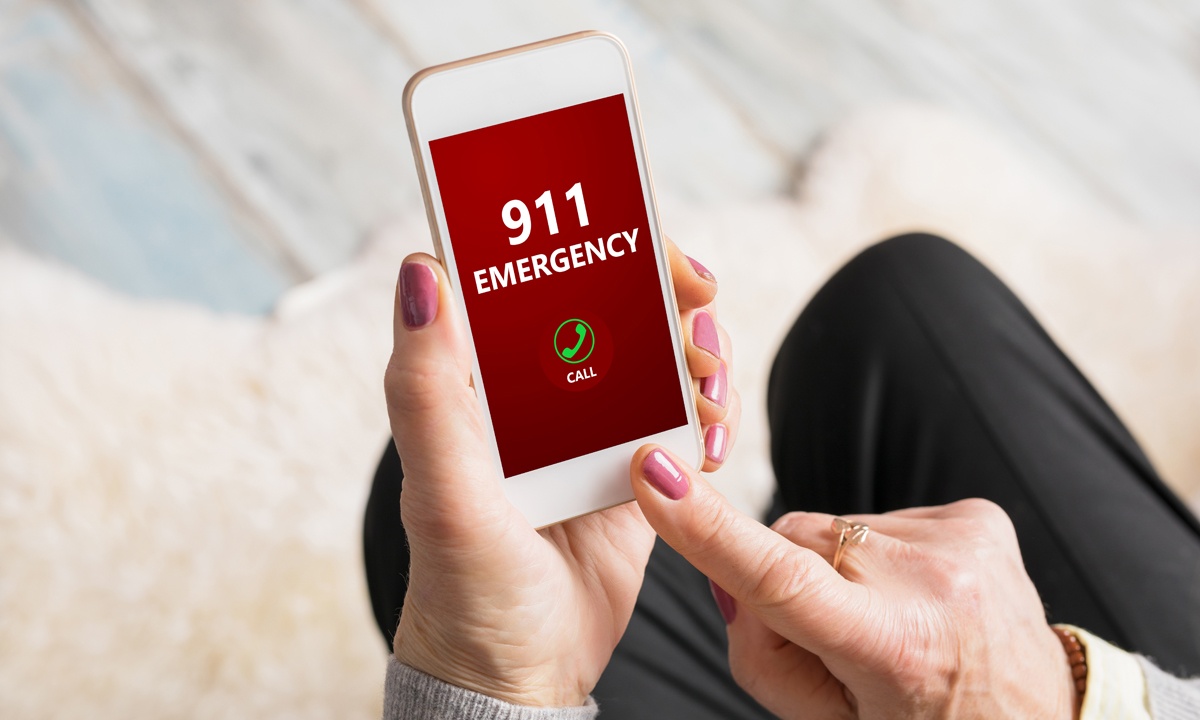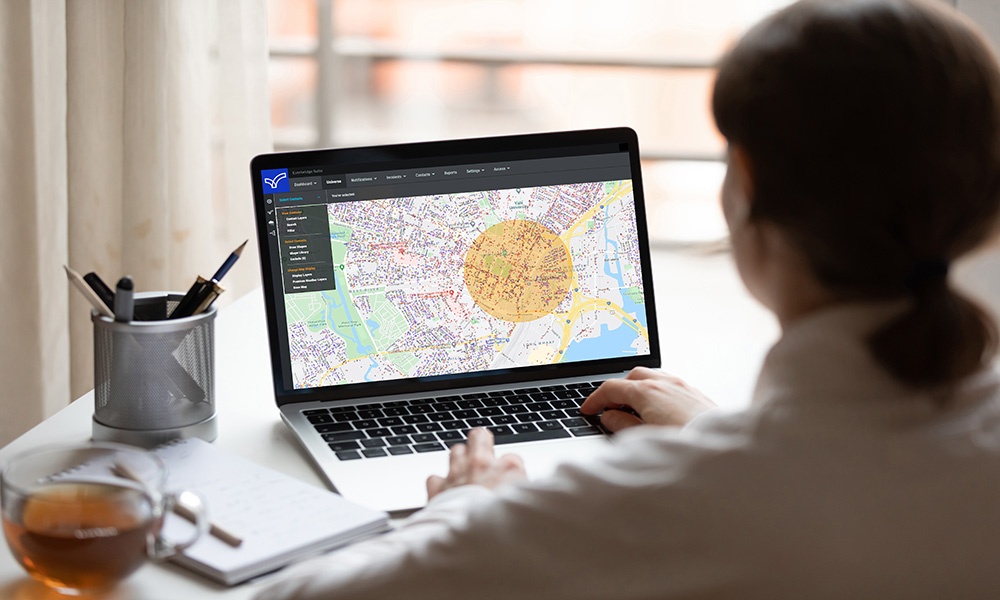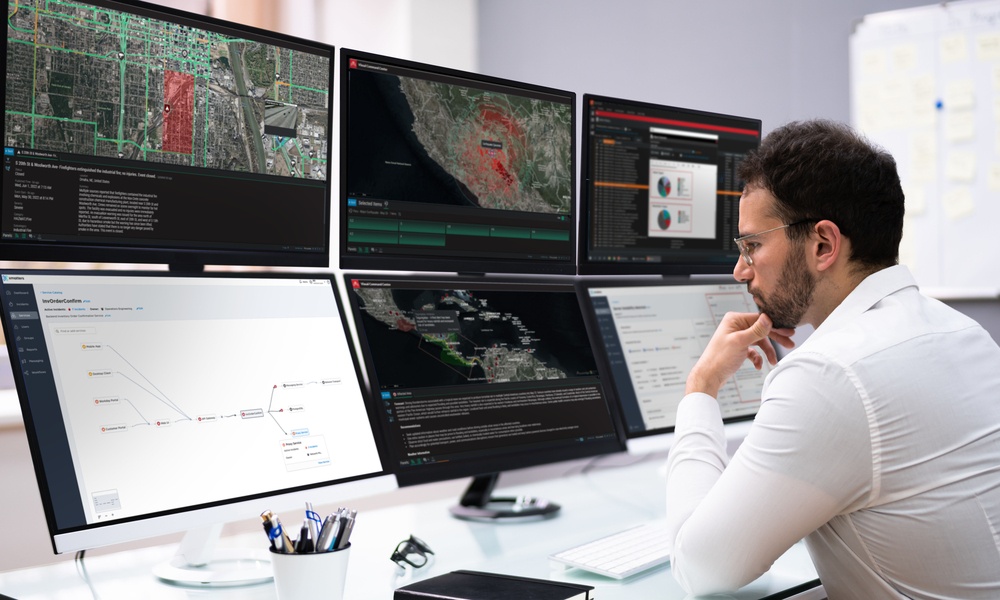The RAY BAUM Act & How It Affects Your Organization
What is “dispatchable location”?

All businesses in the United States must now comply with Section 506 of the RAY BAUM Act. This requires organizations to automatically provide emergency call centers, or Public Safety Answering Points (PSAPs), with “dispatchable location” information alongside every emergency call placed from their network. However, defining exactly what that information must include can be a challenge. This blog will help your organization identify what “dispatchable location” means for your unique environment and how to ensure compliance.
Also, if you need a refresher on the RAY BAUM Act, learn more, here.
What Is “Dispatchable Location,” Exactly?
RAY BAUM Act defines “dispatchable location” as “the street address of a 9-1-1 caller, and additional information such as room and floor number necessary to adequately identify the location of the calling party.” The definition provided by the Federal Communications Commission (FCC) allows for flexibility in determining the granularity of detail needed for first responders to locate the caller. Furthermore, these details are apt to change depending on the specific environment. Meaning, dispatchable location is not just one location. It is a dynamic instruction of coordinates.
If an individual dials 9-1-1 from a small café, perhaps a civic address is all a first responder would need to know to find the caller. However, if an individual is in a high-rise on the 16th floor behind a closed door, a first responder will need more detailed information to find that individual.
The FCC intentionally included flexible language in the definition of “dispatchable location” because emergency calls originate from many locations. However, if your business communicates via Multi-Line Telephone Systems (MLTS) devices, and someone dials 9-1-1 from a device using your network, you will be responsible for that device automatically sending the caller’s “dispatchable location” to the PSAP. Your organization’s devices must be capable to immediately convey the necessary location information to locate a person who has dialed 9-1-1.
What Types of Phones Need to Provide “Dispatchable Location” in the Event of a 9-1-1 Call?
RAY BAUM Act includes ALL MLTS devices. This includes both static and nomadic phones that are either on-premise or move off-premise. It is important to take inventory of the types of phone systems your organization uses and how many of each kind you have.
Static Phones (Hard Phones)
- Tangible phone that stays relatively fixed to the same place (at a desk, common area, reception)
- Can be on-premise (at the office, in the warehouse)
- Can move off-premise (desk phone taken back to home office)
Nomadic Phones (Soft Phones)
- Any device (laptop, tablet, smartphone) that has a soft phone client application
- Can be on-premise (bring a work laptop into the office every day)
- Can move off-premise (work from home using your work laptop)
How to Comply with the RAY BAUM Act and Ensure “Dispatchable Location” Information
E911 solutions provided by third parties are generally required in order for organizations to become compliant with the RAY BAUM Act and to be able to automatically send adequate dispatchable locations of all enterprise devices.


